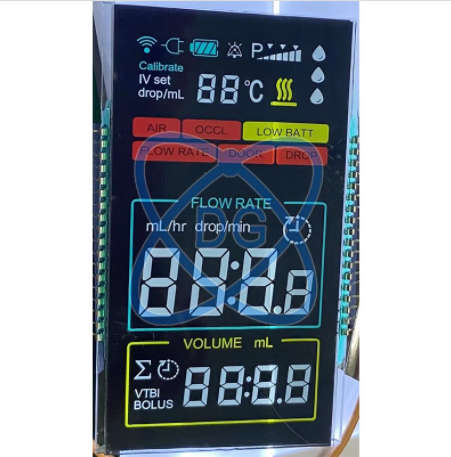How do medical LCD screens differ from regular LCD screens?
LCD screens have become ubiquitous in our daily lives, serving as the primary visual interface for various devices. However, when it comes to healthcare applications, a specialized variant known as medical LCD screens takes center stage. In this article, we will delve into the distinctions between medical LCD screens and regular LCD screens, highlighting the unique features and requirements that set them apart.
Stringent Regulatory Compliance:
Perhaps the most significant difference between medical LCD screens and regular LCD screens lies in regulatory compliance. Medical LCD screens must meet stringent guidelines and certifications to ensure their reliability and accuracy in displaying medical images. Regulatory bodies, such as the U.S. Food and Drug Administration (FDA), impose specific requirements on medical displays to ensure patient safety and maintain diagnostic precision.
Medical-Grade Image Quality:
Medical LCD screens are purpose-built to deliver exceptional image quality, surpassing the standards of regular LCD screens. These specialized displays provide high resolution, optimal contrast ratios, and superior color accuracy. Precise image reproduction is vital for healthcare professionals to accurately interpret medical imaging data, such as X-rays, MRIs, and ultrasounds, leading to more accurate diagnoses and treatment decisions.
DICOM Calibration:
Digital Imaging and Communications in Medicine (DICOM) is a standard used to handle, store, and exchange medical images and associated information. Medical LCD screens are calibrated according to the DICOM Part 14 grayscale standard, ensuring accurate and consistent rendering of images across different devices. Regular LCD screens, on the other hand, lack this specialized calibration, making them unsuitable for medical applications where precise grayscale values are essential.
Durability and Hygiene Considerations:
Medical environments demand displays that can withstand rigorous use and stringent hygiene protocols. Medical LCD screens are designed with enhanced durability, often incorporating protective coatings to resist scratches and damage. Furthermore, they feature antimicrobial properties to inhibit the growth of bacteria and other pathogens, aligning with infection control protocols and minimizing the risk of cross-contamination.
Consistent Brightness and Viewing Angle Stability:
Consistency in brightness and viewing angle stability is crucial for medical LCD screens. These displays are engineered to maintain uniform brightness levels across the entire screen, avoiding irregularities that may affect diagnostic accuracy. Regular LCD screens may experience variations in brightness, leading to discrepancies in image perception. Additionally, medical LCD screens offer wider viewing angle stability, allowing healthcare professionals to view images accurately from different perspectives.
Enhanced Calibration and Quality Control Features:
Medical LCD screens often come equipped with advanced calibration tools and quality control features to ensure optimal performance and maintain long-term accuracy. These features allow healthcare facilities to regularly calibrate and fine-tune the displays, compensating for any drift or degradation over time. Regular LCD screens typically lack such comprehensive calibration and quality control capabilities.
Conclusion:
While regular LCD screens have their place in everyday applications, the specialized nature of medical LCD screens sets them apart. From stringent regulatory compliance and medical-grade image quality to DICOM calibration and durability considerations, medical LCD screens cater specifically to the demanding requirements of healthcare environments. By delivering reliable and accurate visual information, these displays play a vital role in enhancing diagnostic precision, improving patient care, and promoting overall efficiency in the healthcare industry.


